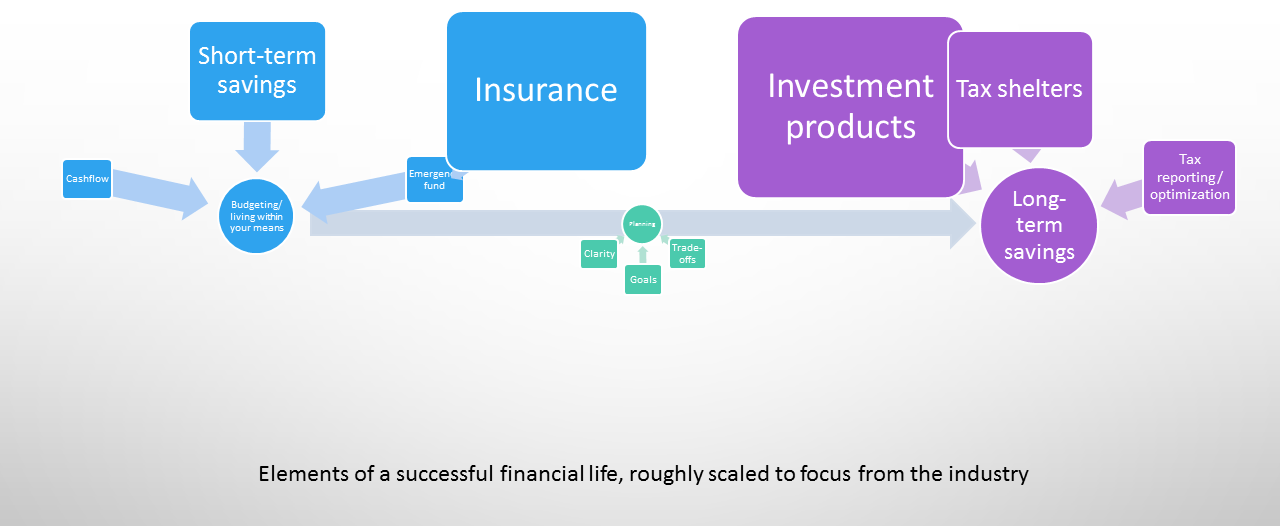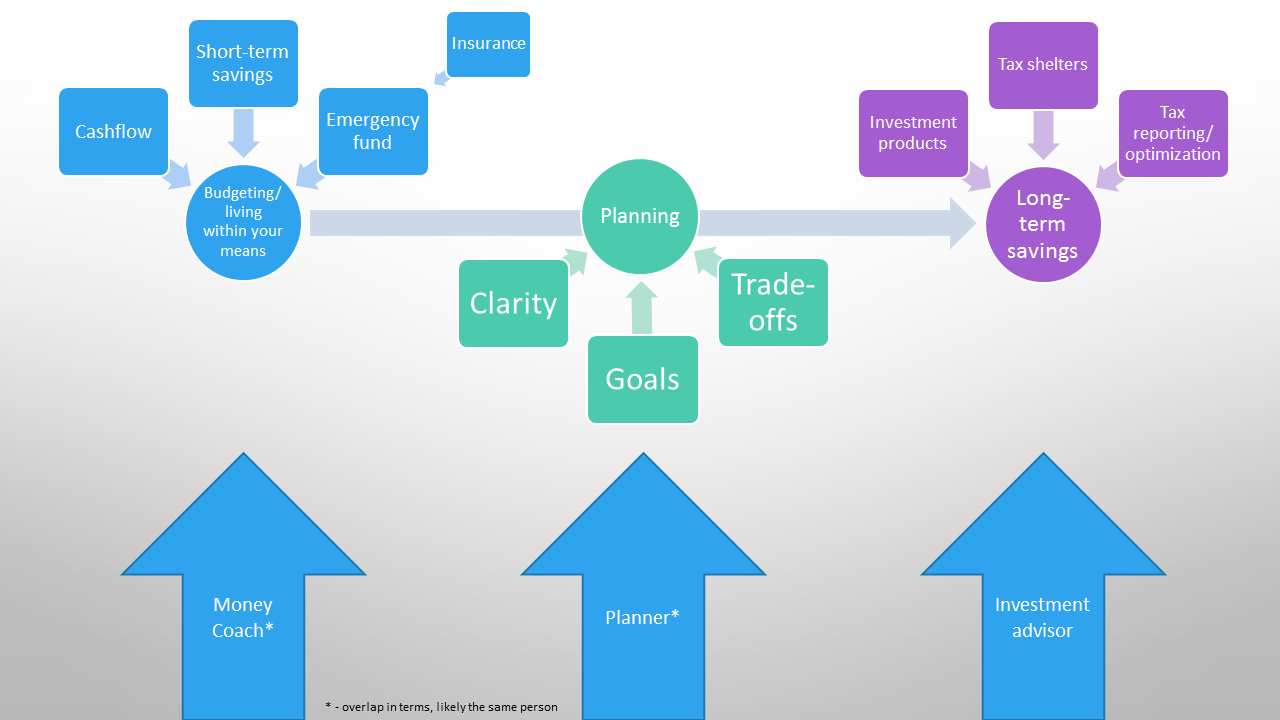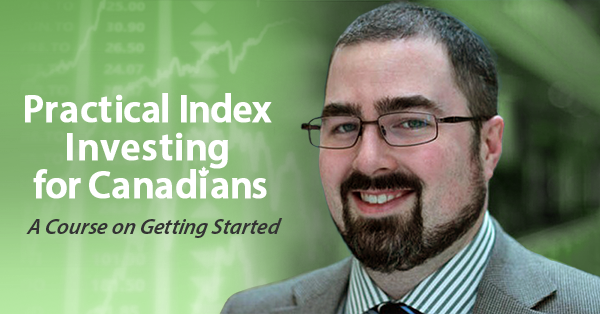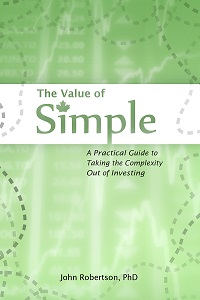HCG TL;DR
March 17th, 2017 by PotatoHome Capital Group (HCG) is a company with some troubles that is being shorted by some colourful and entertaining (and IMHO likely correct) characters. But the implications of the story go beyond just a stock market tale.
Brief Recap:
Home Capital issues mortgages to borrowers, primarily in Ontario, with a focus on “homeowners who typically do not meet all the lending criteria of traditional financial institutions†(pick your euphemism as long as it’s not “subprimeâ€), as well as traditional business that gets insured by CMHC. Around Sept. 2014 a whistleblower lets them know that several brokers were allegedly sending them fraudulent mortgages (independently, reports come out about people in the industry who help people forge documents). HCG’s CFO announced a retirement in November 2014.
In documents released yesterday, (H/T @TaureauResearch) Home Trust appears to notify CMHC about the issue at the end of October, 2014. CMHC seems amazingly chill about the fraud – no mention publicly or in the documents about cancelling the insurance, adjusting guidelines, or even reviewing anything. Hell, they say this: “CMHC thanked Home Trust for coming forward with the information and for being proactive in working together with CMHC to prevent fraud.†[page 90] The most that seems to happen is to schedule a review for over a year in the future (Jan 2016).
In May 2015, HCG releases its first quarter results, with no mention of the potential fraud issue, despite noticeably lower originations. The release just has a vague phrase about reviews. “The first quarter was characterized by a traditionally slow real estate market, exacerbated by very harsh winter conditions. The Company has remained cautious in light of continued macroeconomic conditions and continues to perform ongoing reviews of its business partners ensuring that quality is within the Company’s risk appetite.â€
On July 10, 2015, they state that originations were down in the second quarter, and that they had terminated their relationships with certain mortgage brokers.
On July 29, 2015, they clarified – at the request of the OSC, they note – that in 2014 they were notified about “possible discrepancies in income verification information submitted by certain mortgage brokers. […] The investigation determined that falsification of income information had occurred but that there was no evidence of falsification of credit scores or property values.â€
It’s not until after this that CMHC seems to get activated about the possible fraud (that they’re insuring!) On August 4th they ask if they’ve done any analysis about the exposure to the fraud, and on July 30 someone sends around the total exposure to Home Trust (again, redacted so hard to say for sure, but without an analysis of that issue), and that they’ll have a closer look then. On July 31, someone at CMHC appears to say that they can’t transmit information (on the brokers) from one lender to another (page 36, French, partially redacted), in response to an email asking if they have the list of 45 brokers from CMHC (page 37). Not until December 2015 does someone ask if anyone checked whether the brokers in question originated loans through other lenders.
Why Does This Matter?
The matter with HCG itself is just a symptom. It’s important for investors (and short sellers) of that company to understand those events are going on, and to consider what your opinion is of management that waits that long (with a poke from the OSC) to disclose an issue like that. But HCG is just a small player. Beyond that, it’s a sign of what’s happening in the housing market.
Yes, fraud exists in the market (and I’m not talking about HCG here: more generally). But more importantly, moral hazard exists, and there is a huge outcome bias at play. CMHC at first seems to care little about the issue: there are few arrears, so no biggie. But there are few arrears in a housing bubble anyway – no one defaults when their house appreciates 10-20%/yr. Everything seems great until the music stops. Similarly, many voices (including MPs) argue against tightening regulations and that Canada’s financial system is strong because arrears are low.
The message heard by players in the industry then is that there are no consequences for bad behaviour. If arrears pile up 5 years later, well then people may care but it will be too late. In the meantime, fraud is happening in the market (and I’m not alleging at HCG specifically), and there is no sense from the government or the banks that there’s anything wrong. They even call it “soft fraud†or fraud-for-shelter – bending the rules to get a house, which can’t be that bad as long as they pay the mortgage, right? (The one that they can’t technically afford if rates rise.)
There are things that could have been done. Instead of being reactionary, there could have been more proactive actions at CMHC (which to be fair may have happened but not been captured in the FoI release, or been redacted). They could have flagged the brokers in question and checked for any past or future loans with other lenders – and sources suggest that the brokers that HCG stopped doing business with are still in the business, sending loans to other lenders. They could have put the loans back on the lender and cancelled the insurance without waiting to see if there was a claim. And nowhere did I see any mention of whether Genworth was in the loop on the goings-on.
Insured mortgages require the least amount of capital on the balance sheet. Simply putting them back proactively (perhaps with an investigation and some work on improving underwriting processes), even without a fine, would have an impact as the company would have to use capital to hold on to those mortgages, potentially slowing their growth or forcing them to go to the market to raise money. That would have been a small step, but one that would have sent a message that fraud is not cool.
But the bigger issue is that it was reactionary: there’s no evidence in the released documents of CMHC doing anything to prevent these brokers from continuing to write taxpayer-insured mortgages, or even quantifying the exposure until July 2015. It’s not until the matter becomes public and there’s the risk of backlash and people like Ben Rabidoux asking questions that anyone seems to bother to even quantify the potential risk, let alone do anything.
People like to state – with very little supporting evidence – that Canada’s financial system is safe, stable, conservative, etc., etc. But this example seems to show that nothing is actually checked in depth, and rules are only lightly enforced until something breaks into the media and public consciousness.
Yes, today arrears are low and the banks aren’t failing. The point of making a good system with oversight and strong regulations that are actually enforced is to keep it that way.





 Questrade: use QPass 356624159378948
Questrade: use QPass 356624159378948 Passiv is a tool that can connect to your Questrade account and make it easier to track and rebalance your portfolio, including the ability to make one-click trades.
Passiv is a tool that can connect to your Questrade account and make it easier to track and rebalance your portfolio, including the ability to make one-click trades.